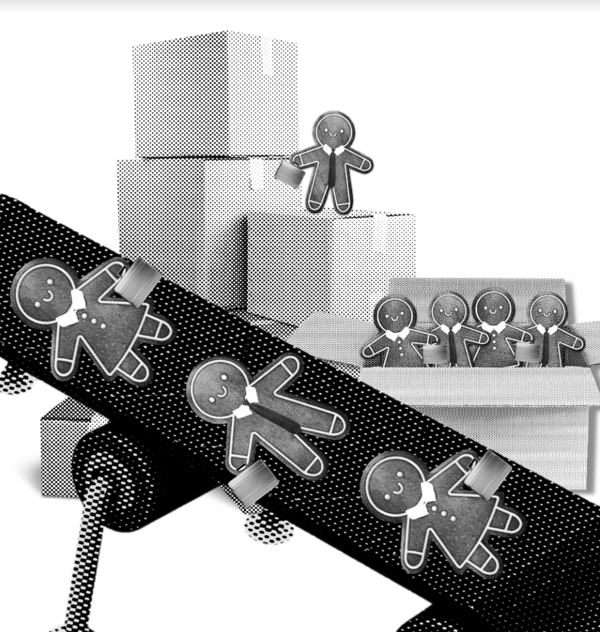Embracing the future of work in the public sector

Well before the pandemic, organisations across the public and private sectors were exploring the possibilities that technology could unlock for hybrid and remote working. Could digital solutions replicate the employee experience of co-located colleagues with that of teams dispersed across different geographies?
With the arrival of Covid-19, the experiment became the de facto reality for virtually every office-based workplace in the UK. But the transition was far from smooth: without prior rehearsal, office workers in the country switched to remote working overnight after the first national lockdown began on 23 March 2020. It was far from a perfect scenario but the inevitability of the situation meant that there was no alternative.
Two years later, the nationwide ‘experiment’ has produced some unplanned but lasting consequences. On the positive side, many employees found that remote, and later hybrid, working contributed to a better work-life balance and to higher productivity. It has also helped promote the inclusion of a geographically more diverse workforce, which in turn plays an important role in the pursuit of the Levelling Up agenda’s goals.
The downside of imposed remote working was that many employees, particularly those living on their own and new joiners, felt isolated and disengaged from their organisations. The sense of belonging and feeling of connection to their colleagues blurred with the absence of physical spaces that provided a shared work experience.
The challenge for organisations today is being able to build on the gains from the pandemic while avoiding its shortcomings or returning to the old ways of working. Policies on remote or office work may be counterproductive if they do not take the employee experience into account.
As indicated by Alex Chisholm, COO of the Civil Service, at the Future of Work Summit 2022, there is likely to be a long-term future for hybrid working in the Civil Service. Central and local governments have the opportunity to continue fostering environments where talented individuals can give their best, regardless of where they are based.
Technology is secondary to this: leaders must create the right culture and positive mindset that allows employees to thrive and be productive, whether that is at home, the office or a co-working space. Employee voice is a critical input into building this culture.
Leadership embraces the future of work
It does not matter how effective or innovative digital collaboration tools are in allowing employees to work remotely or hybrid - without support from leadership, technology is doomed to fail.
Measuring productivity by the amount of hours staff spend inside a building can lead to burnout and talent fleeing.
Organisations offering flexible working need endorsement from the top level to underpin these efforts. Without it, people will feel disconnected and compelled to go back to the office to avoid friction with management.
Leaders and managers must fully embrace the vision of the future of work. They should ensure that career progression and skills development, as well as employee engagement and collaboration, are not hampered by the format or channel through which an employee is delivering their output. Measuring productivity by the amount of hours staff spend inside a building can lead to burnout and talent fleeing to organisations that are able to recognise their value.
This, however, will take time. Although the switch to remote working happened overnight as a necessity, managers were not magically equipped to deal with this wholly remote workforce and the current hybrid by-product. That is why it is crucial that leaders listen continuously to their employees, gather their feedback - and act on it.
Understanding what is important for people and seeing the gaps from the employee’s perspective will allow leaders to introduce meaningful changes and policies that have a real impact. Only this way will organisations succeed in creating a positive employee experience that leverages technology and innovation.
The last two years demonstrated that employees can work outside the traditional office space as productively or more as they did when at their desks. Technology is here to enable it, but only the right leadership will be able to fuel it.





